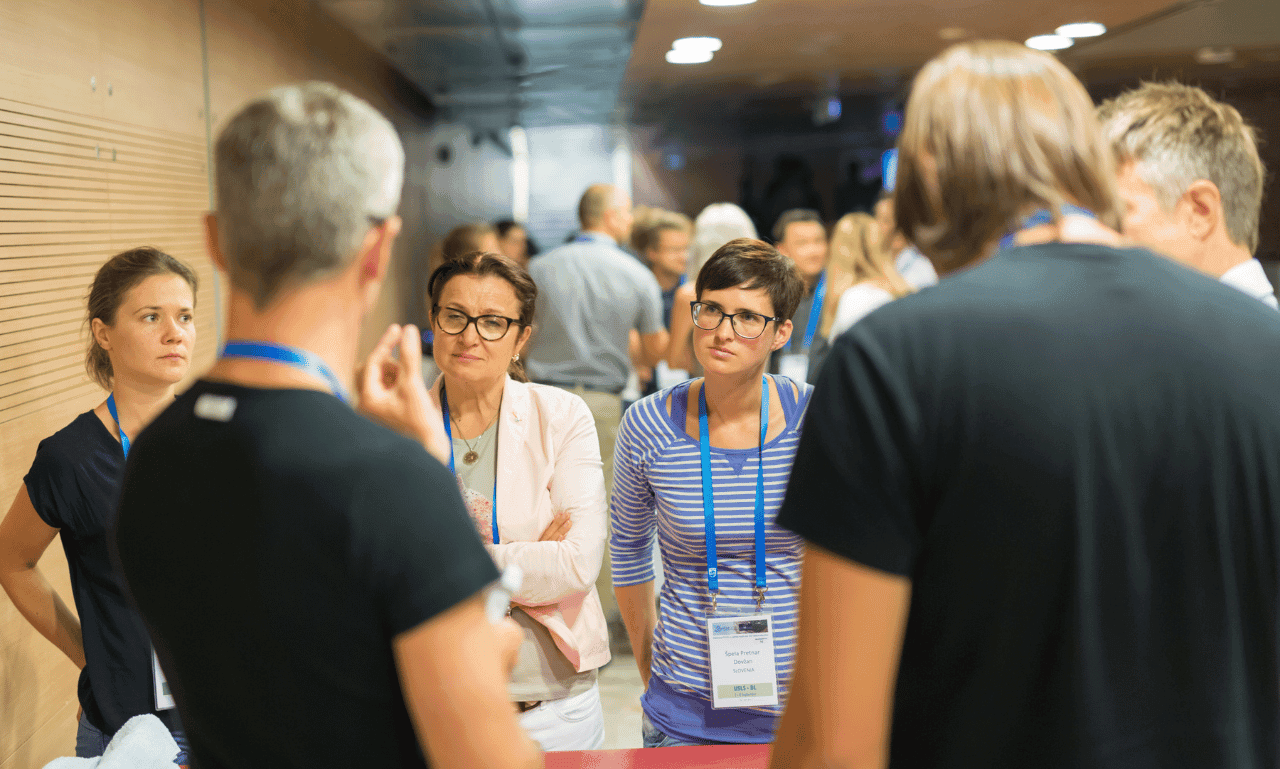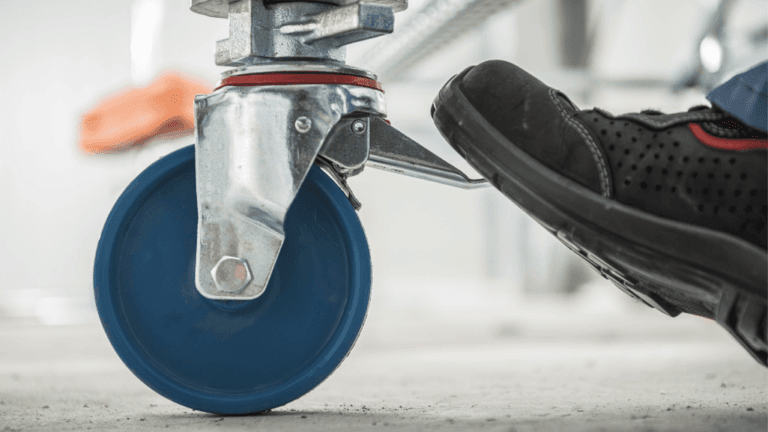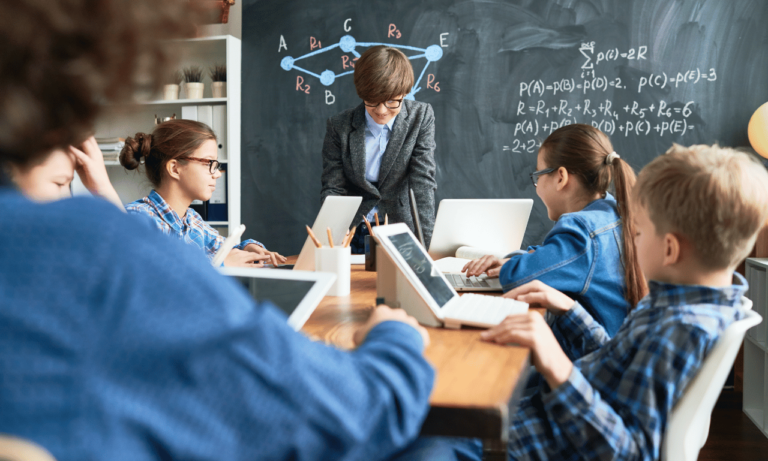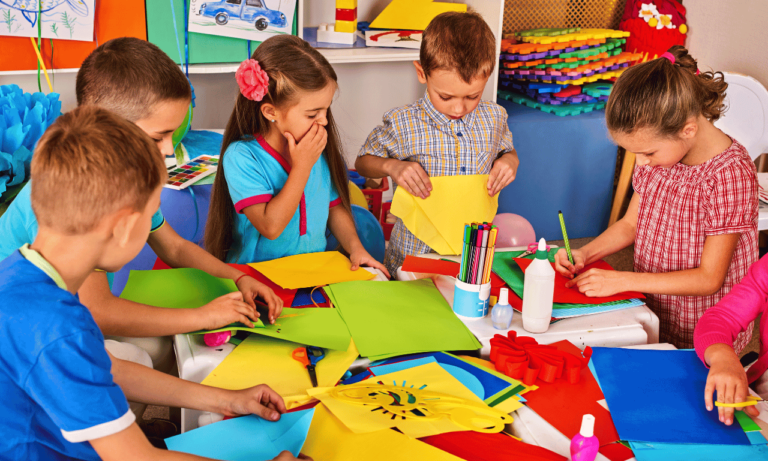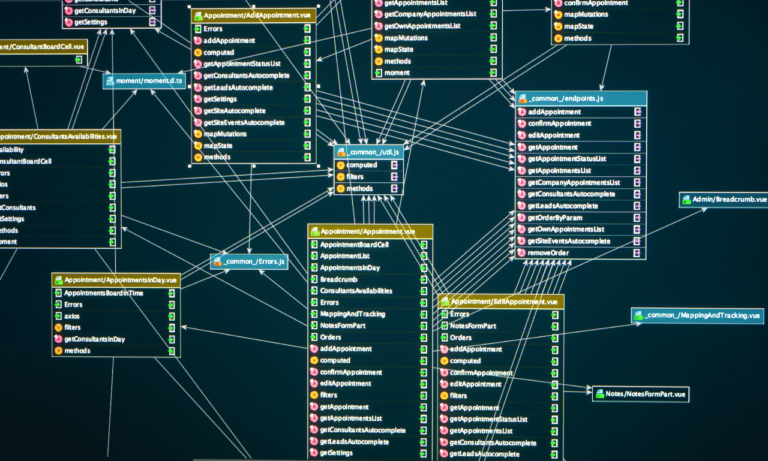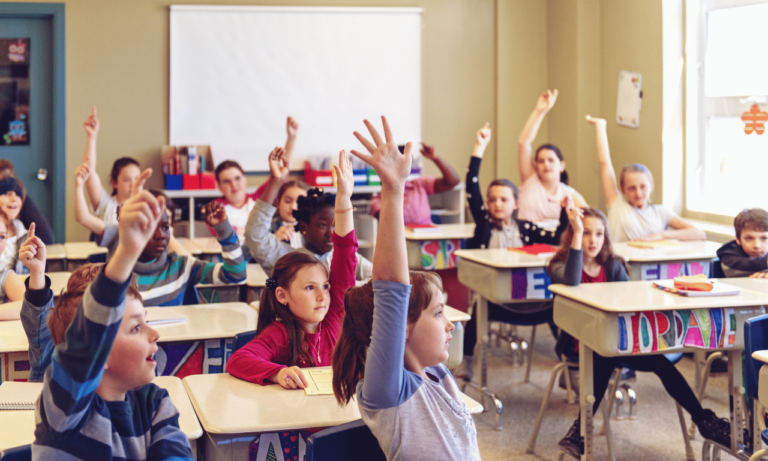Phone:
(+65)8319-0742
Embarking on a journey of self-improvement often leads us to the realm of knowledge acquisition, where learning enhancement techniques become vital allies. Whether pursuing academic excellence or personal growth, these strategies are designed to tap into the vast potential of our cognitive abilities. Noteworthy insights from Benedict Carey’s “How We Learnâ and cutting-edge neuroscientific research shed light on effective learning methods that go beyond traditional study practices. By placing an emphasis on sleep patterns, self-testing, and holistic approaches to learning, individuals can optimize their intellectual prowess for lasting success.
Key Takeaways
- Understanding and practicing learning enhancement techniques can significantly improve educational outcomes.
- Scientific studies and expert insights present a holistic approach to effective learning methods.
- Cognitive development can be accelerated with tailored self-improvement techniques.
- Incorporating research-backed strategies into daily routines helps harness the power of our brain’s learning capabilities.
- Optimizing sleep schedules is a crucial component of enhancing memory and learning efficiency.
- Self-testing and using diverse learning tools are practical actions you can take towards mastering new material.
Embrace Diverse Learning Environments and Tools
Exploring different settings and modalities can profoundly impact the way we assimilate information. By infusing versatility into our study habits through strategic use of educational resources, we guarantee ourselves a richer and more effective learning journey.
Vary Study Locations for Improved Retention
Incorporating a change of scenery can rejuvenate the mind and amplify memory retention. Scientific studies have linked the variation of study environments with a notable increase in cognitive performance, making it a key aspect among study skills. Whether one chooses a quiet library corner, a bustling coffee shop, or a serene park, shifting locations could be the tweak needed to unlock educational success.
Alternate Learning Materials and Techniques
Switching between different learning materials and techniques is not just refreshingâitâs beneficial. From textbooks to online tutorials, each format employs different sensory pathways, thereby enriching the learning experience and fostering a deeper understanding of the subject at hand. Leveraging a multitude of productivity tools can also aid in personalizing the study process to suit individual learner needs.
The Importance of Mixing Physical and Digital Note-Taking
Blending the tactile feedback of pen and paper with the versatility of digital note-taking apps primes the brain for enhanced cognitive engagement. This symbiotic approach allows learners to utilize the strengths of each methodâpen and paper for conceptual understanding and digital tools for organization and retrievalâmaking note-taking both an art and a skill necessary for academic success.
| Study Technique | Benefits | Suggested Productivity Tools |
|---|---|---|
| Physical Note-Taking | Encourages active learning, boosts memory | Notebooks, index cards |
| Digital Note-Taking | Quick searchability, easy organization | Apps like Evernote, OneNote |
| Varying Study Location | Improves retention and focus | Location-based reminders, portable study materials |
| Mixed Media Learning | Engages multiple senses, reduces monotony | eBooks, online courses, audiobooks |
Ultimately, it’s the intelligent integration of study skills, productivity tools, and quality educational resources that shapes a successful academic endeavor. As we mold our study environments and methods to be as dynamic and diverse as the learning itself, we pave the way for a more profound and lasting education.
Optimize Your Sleep for Effective Learning
Understanding the symbiotic relationship between cognitive strategies and memory improvement can unlock the potential for enhanced learning experiences. One of the cornerstones of this understanding is recognizing the critical role that optimized sleep patterns play in effective learning. Diving deep into nocturnal hours can be just as vital as any studious endeavor by day.
Let’s explore how our nocturnal habits can be fine-tuned to support cognitive performance:
During sleep, particularly in the early sleep periods, our brains are busy at work processing the day’s learning. Factual information is consolidated, transitioning from short-term to long-term memory. To capitalize on this, cognitive strategies recommend consistent early sleep followed by an early review of learned materialâthe combination forms a powerful mechanism for memory improvement.
Yet, it’s not just about clocking in hours early; quality of sleep is indispensable. Deep sleep stages, generally later in the night, are associated with enhancements in creative thinking and progress in refining motor skills. This underscores the influence of sleep quality on overall learning capacity.
- Early Sleep: Critical for consolidating facts and figures from the day.
- Deep Sleep: Enhances creative capacities and polishes motor skills.
- Morning Review: Reinforces memory pathways, locking in the new information.
Adopting these cognitive strategies doesn’t have to be daunting. A simple commitment to a consistent sleep schedule and prioritizing sleep hygiene can set the stage for remarkable memory improvement. In doing so, you are not just resting, but actively contributing to the arc of your learning journey.
Structured Spacing in Study Sessions Enhances Memory

The art of mastering effective learning methods often entails more than just understanding the material at handâit requires the strategic application of study skills to retain knowledge over the long haul. One such strategy is structured spacing, or spaced repetitionâa learning technique underpinned by the capacity for memory improvement when information is reviewed over spaced intervals rather than at a single point in time.
Beyond Cramming: The Science of Spaced Repetition
Spaced repetition capitalizes on the psychological spacing effect. By allowing time between study sessions, the brain engages in a natural process of forgetting, which is critical to the subsequent reinforcement of memory. This strategy has received widespread support from psychological studies, which have shown that regular review of material over planned intervals leads to better long-term retention and thereby enhances memory.
Implementing Spaced Practice in Study Routines
Adopting this effective learning method into a student’s routine doesn’t have to be intricate. It can begin with the deliberate organization of study sessions that encourage recall at incrementally increasing intervals. Below is an example of how spaced repetition could be structured throughout a typical study schedule.
| Study Session | Initial Review | 1st Repetition | 2nd Repetition | 3rd Repetition | 4th Repetition |
|---|---|---|---|---|---|
| Day 1 | X | ||||
| Day 2 | X | ||||
| Day 4 | X | ||||
| Day 8 | X | ||||
| Day 16 | X |
Incorporating spaced repetition into daily study routines not only solidifies a learner’s comprehension but also tempers the need for last-minute cramming, thus alleviating pre-exam anxiety. It’s an approach that champions long-term memory improvement and reinforces the overall potency of study skills.
Learning Enhancement Techniques Through Self-Testing

Self-testing is not just a mere exercise in recalling facts; it is a dynamic process that embodies the core principles of cognitive strategies for learning. Through its iterative approach, self-testing becomes an indispensable educational resource, allowing learners to engage with the material at a deeper level. This method, which is a staple for those pursuing rigorous self-improvement techniques, ranges from flashcards to mock exams, and hinges on the power of retrieval practiceâa key driver in reinforcing memory and understanding.
Remarkably, the act of recalling information is not the sole benefit of self-testing. Students who explain concepts aloud or participate in study groups inherently teach others. This technique leverages a well-known phenomenon: to teach is to learn twice. The feedback received in such interactive environments is instantaneous, laying bare the gaps in knowledge and shining a light on the pathways to improvement.
- Utilizing flashcards to test recall and comprehension
- Explaining topics aloud to peers or study groups
- Creating practice exams for simulated testing environments
- Interacting with digital apps that incorporate gamified quizzes
Each of these activities not only serves as a tool for individual growth but also fortifies the understanding by systematically exposing and correcting misconceptions. These self-improvement techniques emphasize active learning, where the learner is not passively consuming information but actively constructing and reconstructing knowledge.
As we distill the essence of self-improvement techniques through the lens of self-testing, it is clear that the integration of cognitive strategies and adept use of various educational resources culminate in a self-sustaining loop of learning enhancement.
Active Note-Taking and the Role of Cognitive Strategies

Implementing effective cognitive strategies in educational settings fosters enhanced comprehension and retention. At the core of this transformative process is active note-takingâan indispensable study skill that encourages students to engage deeply and critically with their learning materials.
Interactive Learning: Beyond Passive Review
Emphasizing study skills that go beyond the passive absorption of information, interactive learning compels students to contribute to their own educational journey. Active note-taking, a pivotal component of this process, entails the dynamic review and synthesis of learned concepts, which facilitates a more profound and lasting connection with the subject matter.
Transforming Notes into Knowledge
In the crucible of learning, raw information gathered during lectures and readings is transformed into solidified knowledge through the diligent application of cognitive strategies. Active note-taking breathes life into educational resources, converting transitory data into a personal wellspring of understanding that remains accessible for future application.
| Technique | Benefits | Recommended Practices |
|---|---|---|
| Paraphrasing | Enhanced comprehension and memory retention | After class, rewrite notes in your own words to consolidate understanding. |
| Concept Mapping | Visual representation of connections between ideas | Create diagrams that connect different pieces of information studied in class. |
| Question Generation | Active engagement and critical thinking | Develop questions from your notes to test your understanding of the material. |
| Self-Quizzing | Immediate feedback and identification of knowledge gaps | Use flashcards or practice exams to quiz yourself on key concepts. |
Through the consistent use of these study skills and a commitment to utilizing exceptional educational resources, students can ascend from mere memorization to mastering the art of learningâwhere knowledge is not just acquired but personally crafted and deeply understood.
Conclusion
As we navigate the intricate landscape of acquiring new knowledge, the compilation of diverse learning environments, optimal sleep patterns, structured spacing of study sessions, diligent self-testing, and dynamic active note-taking stands out as a comprehensive groundwork for augmenting our learning capabilities. Together, these evidence-supported self-improvement techniques create a tapestry of effective learning methods that go beyond the conventional, equipping learners with a multifaceted approach to mastering the art of education.
It is evident that the journey towards self-improvement and cognitive growth is not a one-size-fits-all path. By embracing varied educational resources and productivity tools, students and lifelong learners alike can tailor their educational experiences to better fit their unique learning styles. This tailored approach not only enhances the efficacy of information retention but also fosters a sense of personal accomplishment as one navigates through academic and professional milestones.
In sum, establishing a personal learning toolkit replete with dynamic techniques and strategies enriches the fabric of our educational endeavors. By seamlessly integrating self-improvement techniques into our daily routines, we enact a form of self-empowerment, forging ahead towards our personal and professional zeniths with the confidence that we are utilizing the most effective learning methods available to us. This strategic embrace of cognitive strategies is not merely a passageway to success; it is a testament to the limitless potential of human adaptability and growth.
FAQ
What are Learning Enhancement Techniques?
Learning Enhancement Techniques refer to a diverse set of strategies and methods designed to improve the way individuals absorb, retain, and apply new information. These range from optimizing study environments and utilizing different study materials, to employing self-improvement techniques and effective learning methods.
How can altering study environments boost my learning?
Changing your study location can enhance retention by providing new sensory stimuli which can create stronger memory associations. Each environment can trigger different cognitive paths, helping to solidify the learned material in your memory.
Why is it beneficial to mix physical and digital note-taking?
Combining physical and digital note-taking engages different parts of the brain, which can lead to a more comprehensive learning experience. Physical note-taking often involves summarizing and synthesizing information, which enhances understanding, whereas digital methods can offer organization and convenience.
How does sleep affect learning?
Sleep plays a crucial role in memory consolidation â the process by which short-term memories are transformed into long-term ones. Optimized sleep patterns can facilitate both factual learning and creative problem-solving, making it a key component of effective learning.
What is spaced repetition and how does it improve memory?
Spaced repetition is a learning technique where study sessions are divided across several days or weeks, allowing time for material to be partially forgotten and then relearned. This method is shown to be more effective for long-term retention compared to massed practice, or cramming.
How does spaced practice fit into regular study routines?
To integrate spaced practice into your routine, plan to review the material multiple times after the initial learning session, with intervals growing progressively longer. This method enhances long-term memory retention and understanding of the material.
Why is self-testing an effective learning enhancement technique?
Self-testing forces you to retrieve information from memory, reinforcing the neural pathways associated with the knowledge. It also helps identify gaps in understanding, making it a powerful tool for both learning and assessing progress.
How is active note-taking different from passive review?
Active note-taking involves dynamically engaging with the material by summarizing, questioning, and connecting concepts, as opposed to passively highlighting text or transcribing information verbatim. This approach compels deeper cognitive engagement with the material for better understanding and memory retention.
Can Interactive Learning transform my note-taking into lasting knowledge?
Yes, interactive learning, involving active engagement with class material, can enhance note-taking from being a temporary record of information into a lasting internalization of knowledge. By actively rephrasing and organizing your notes, you’re more likely to remember and understand the content in the long term.

